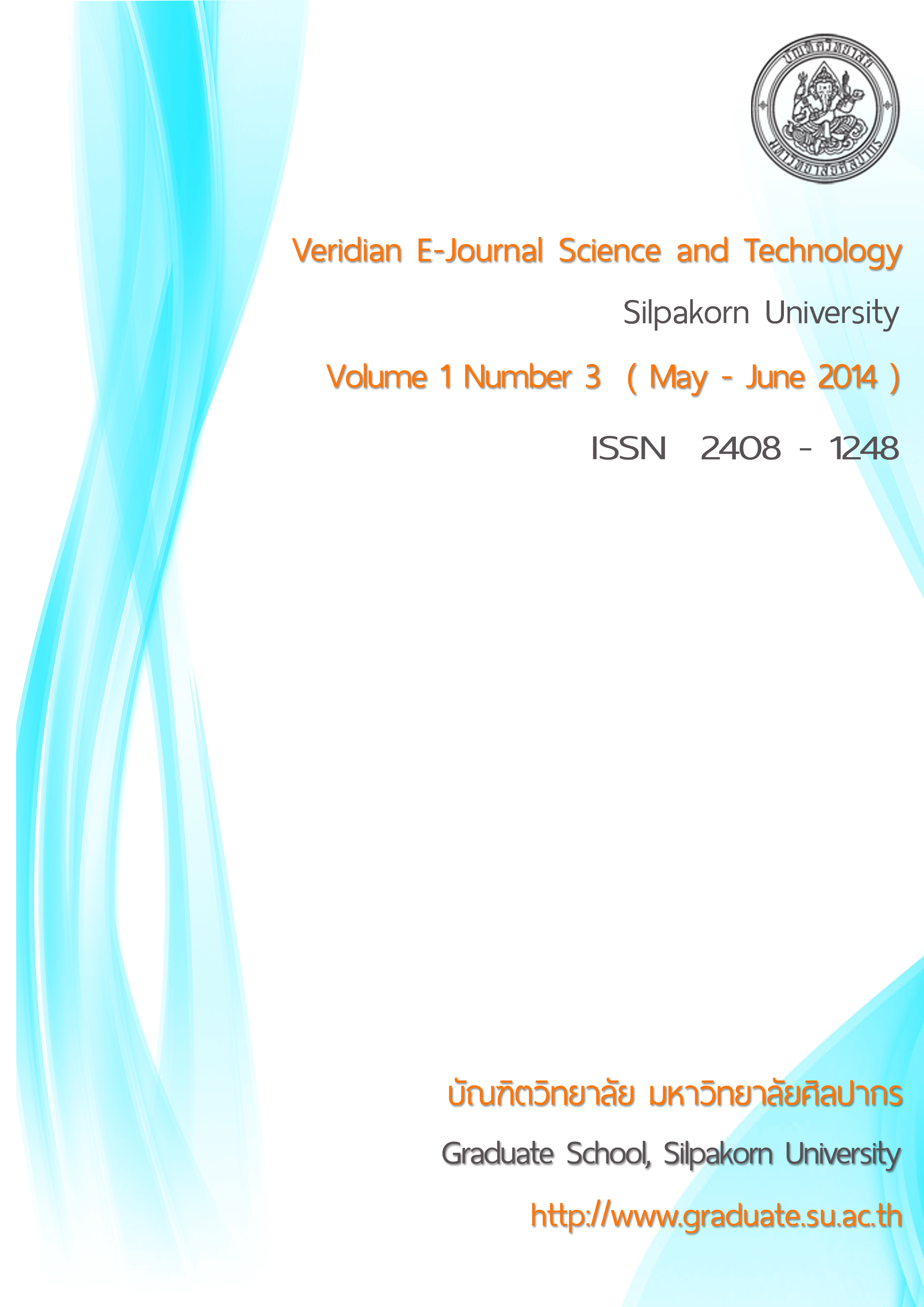การศึกษาหาความสัมพันธ์ระหว่างส่วนสูงและเพศกับขนาดของโพรงอากาศฟรอนทัล ไซนัส ในประชากรไทย
Main Article Content
Abstract
บทคัดย่อ
การพยากรณ์เพศและส่วนสูงของบุคคลไม่ทราบชื่อนั้นนับว่าเป็นเรื่องที่สำคัญที่สุดอย่างหนึ่งในทางนิติวิทยาศาสตร์แม้ปัจจุบันการตรวจพิสูจน์เอกลักษณ์บุคคลจะมีอยู่หลายวิธี เช่นการตรวจลายพิมพ์นิ้วมือและการตรวจวิเคราะห์ดีเอ็นเอและแม้การพยากรณ์เพศและส่วนสูงจะสามารถทำได้ดีจากโครงกระดูกยาว แต่ในกรณีที่เกิดภัยพิบัติทางธรรมชาติ รวมไปถึงคดีฆาตกรรมที่มีการซ่อนเร้นทำลายศพอาจทำให้สภาพศพของผู้เสียชีวิตได้รับความเสียหายมากหรือสูญหายจนโอกาสที่จะพบโครงกระดูกที่สมบูรณ์มีน้อยลง การตรวจพิสูจน์บุคคลด้วยขนาดของ Frontal Sinus เพื่อพยากรณ์เพศและส่วนสูงจึงเป็นตัวแปรสำคัญที่เพิ่มโอกาสในการระบุตัวบุคคลได้ถูกต้องแม่นยำขึ้น การศึกษาครั้งนี้มีวัตถุประสงค์เพื่อหาความสัมพันธ์ระหว่างเพศและส่วนสูงกับขนาดของโพรงอากาศฟรอนทัล ไซนัส โดยใช้กลุ่มตัวอย่างเป็นขนาดอ้างอิง 4 ตำแหน่งจากการวัดขนาดของฟรอนทัล ไซนัส จากภาพถ่ายรังสีทางการแพทย์ของผู้ป่วยจำนวน 136ราย ผลการศึกษาพบว่าตัวแปรอิสระนั้นสามารถแยกเพศได้ถูกต้องร้อยละ 76.5อย่างมีนัยสำคัญทางสถิติ แต่คาดคะเนส่วนสูงได้ถูกต้องเพียงร้อยละ 10.4 ซึ่งค่อนข้างต่ำ
Abstract
Gender and height forecasting of a unknown person, since that is the most important one in forensic science. Even in modern verify your identity, there are several ways such as a fingerprint and DNA analysis. Despite the gender and height forecasting can be made from the long bones, but in the event of natural disasters and including the murder potentially destroy the body may cause the state bodies of the deceased have been damaged or lost as an opportunity to find a complete skeleton has fewer. Therefore the personal identification by using the size of the Frontal Sinus to predict gender and height is an important factor that increases the probability of correctly identifying more accurately. This study aims to examine the relationship between gender and height to the size of the frontal sinus. The sample size by 4 positions of measurements from 136 radiographic photo of frontal sinus. The results showed that the independent variables that can separate sex and 76.5 % accuracy statistically significant. But height prediction was correct only 10.4 percent, which is relatively low.

